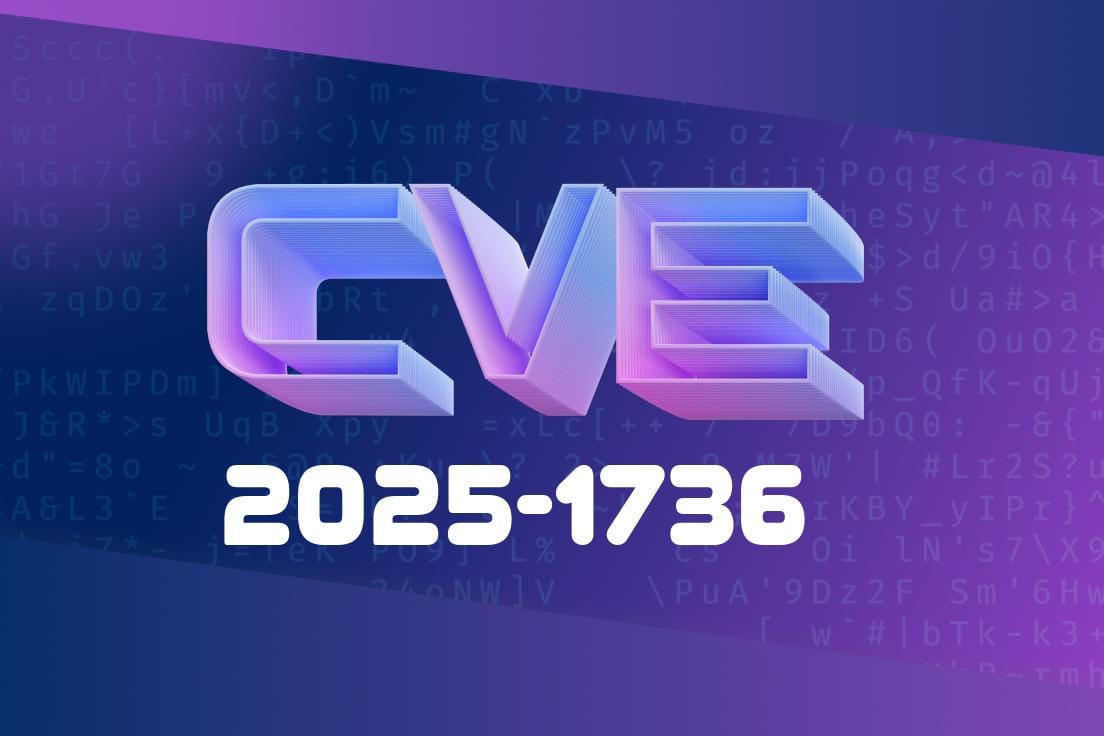The PHP vulnerability identified as CVE-2025-1736 could pose severe consequences for the security of your web applications. This vulnerability allows attackers to inject arbitrary headers into the HTTP response sent from your PHP application. This can result in various attack scenarios, such as session hijacking, cross-site scripting (XSS), and cache poisoning.
In this article, we will delve into the details of CVE-2025-1736, including how it can be exploited, how to mitigate the risk, and provide a code snippet example. We'll also provide links to original references for further information about this vulnerability.
Vulnerability Details
When user-supplied headers are sent in PHP using functions like header(), PHP doesn't sufficiently validate the end-of-line characters. This insufficient validation allows an attacker to inject arbitrary headers or tamper with existing ones. As a result, certain headers might not be sent properly, or they could be misinterpreted by the receiving end.
Consider the following piece of PHP code, which is vulnerable to this attack
<?php
$custom_header = $_GET['custom_header'];
header("X-Custom-Header: $custom_header");
?>
An attacker can supply a malicious value for $custom_header, such as
XSS-Attack: ">\"><script>alert('XSS')</script>
This would result in the following HTTP header being sent
X-Custom-Header: XSS-Attack: ">\"><script>alert('XSS')</script>
This can potentially cause an XSS attack, depending on how the HTTP header is handled on the receiving end.
Mitigation Techniques
1. Upgrade your PHP version to a patched, secured version (refer to the PHP version list above). Always make sure to use the latest PHP version that has been patched against known security vulnerabilities.
2. Validate and sanitize user-supplied input before using it in any HTTP headers. For example, use the filter_input() function or regular expressions to remove any characters that are not allowed in header values.
3. If you must process user-supplied header data, make sure to properly encode the values using functions like urlencode() or base64_encode() to prevent any malicious characters from being interpreted as part of the actual header.
Here's an example of how to filter user-supplied input to prevent the injection of arbitrary headers
<?php
$custom_header = filter_input(INPUT_GET, 'custom_header', FILTER_SANITIZE_STRING);
header("X-Custom-Header: $custom_header");
?>
Original References
For more information about this vulnerability and further reading, please refer to the following resources:
- CVE Database Entry
- National Vulnerability Database
- PHP Security Bug Tracker
Conclusion
Security is paramount in web application development, and vulnerabilities like CVE-2025-1736 highlight the importance of keeping up to date with security updates and best practices. Always be vigilant with user-supplied data, validate and sanitize inputs, and ensure that your PHP versions are up to date with the latest security patches. Stay safe and secure!
Timeline
Published on: 03/30/2025 06:15:14 UTC
Last modified on: 04/01/2025 20:26:30 UTC
